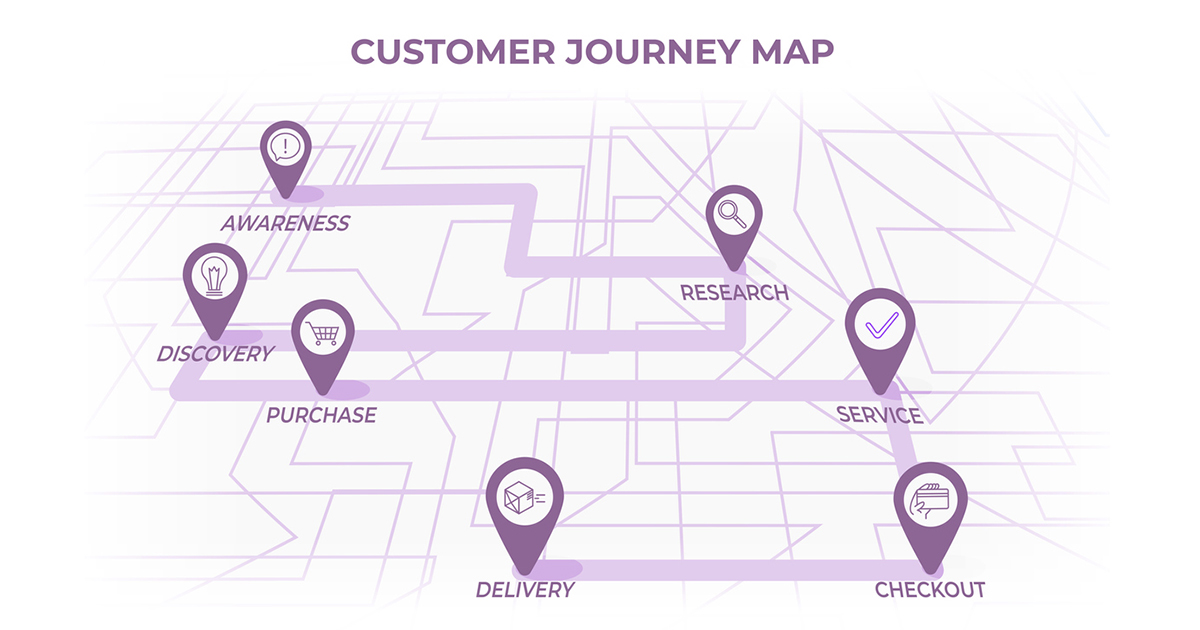
Businesses often sell solutions to external problems, but customers buy solutions to internal problems. And for your business to succeed, you need to understand your potential customers’ problems, so you can proceed to offer them the right solutions.
The process of trying to understand your customers and their problems and responding to them with solutions is what informs the concept of the buyer’s journey.
What is the Buyer’s Journey?
The buyer’s journey is defined as the process buyers go through before deciding to buy a product or service. According to HubSpot, this process comprises of three stages:
- Awareness stage – at this stage, the buyers know their problem and are eager to find a solution.
- Decision stage – here, the buyer maps out their challenges and are actively looking for the right person to solve them.
- Consideration stage – this is the last stage of the buyer’s journey where they are ready to buy a solution to their problems.
Let’s look at these three stages in detail.
Awareness Stage
Most customers who realize they have a problem will first consult Google. The search engine will use the keywords to return them the most relevant answers, and most likely, some of the sites that will appear on the first page are your competitors.
Here, online visibility is critical, and your content should spark emotion and give the buyer something to admire about your company. You can also make them feel comfortable with an assurance that there’s a solution to their problems.
While content marketing and SEO are important at this stage, you don’t necessarily have to dig deep into the problem yet; neither do you need to rank on top of the search engines. This is because the buyer is simply trying to understand their problems and aren’t yet ready to purchase.
Consideration Stage
This is the second and most crucial stage of the buyer’s journey. Most companies that survive the first stage fail at the consideration stage. Here, the buyer wants to see if you can actually solve their problems. Below are some ways to stand out from the noise and place yourself as an authority in the niche.
- Use advanced content – at this stage of the buyer’s journey, advanced content such as eBooks, infographics, whitepapers, case studies, or even an in-depth blog post will put you ahead of the competition.
- Build credibility – Give the buyer a reason to buy from you by presenting yourself as a thought leader in the market. A professionally designed website, testimonials from clients, and a display of your achievements and qualifications would be a plus.
- Speak Value – Another thing worth noting is that this stage of the buyer’s journey should focus on the buyer’s pain points and how the perfect solution would suit them. It’s not wise to talk about your years of experience and why your company is the best in the world. Instead, speak and demonstrate value.
Also, relevant content makes a lot of difference since the buyer is desperate to find the best solutions to their problems and will rule out any company that lacks authority or seems to be unprofessional.
Before making a purchasing decision, buyers take a lot of time. They consider many factors to make sure they don’t make the mistake of picking the wrong company.
Decision stage
This is the final stage of the buyer’s journey, where you close the deal. A buyer interested in your products or services will only need a little push to take action. A promotional content detailing the various offers, coupons, and discounts you have for the buyer won’t harm.
Remember, the buyer has already decided to purchase; they just want a compelling reason to click the “call to action” button.
How much of the buyer’s journey is digital
More than half of the buyer’s journey is digital. Here is why:
- A buyer will look at the internet in the awareness stage to further define their problems.
- A buyer will consult the internet for potential businesses to help solve the challenges, and
- Depending on the type of problem, the solutions might also be offered online.
In fact, some sources estimate that 67% of the buyer’s journey is digital.
Closing Comments
Whether you are blogging, doing email marketing, or social media marketing, you need to align your marketing strategies to the buyer’s journey to target the right people and give the buyer exactly what they want at the perfect time.
For example, a buyer in the consideration stage will need to know the pros and cons of choosing a particular company. However, customer testimonials and promotional offers will work best for a buyer in the decision stage.
It’s also worth noting that a sales funnel differs from a buyer’s journey. While a sales funnel focuses on the progress a particular company is making in converting a stranger to a paying customer, a buyer’s journey maps out how a potential buyer is close to taking action and the factors informing his/her steps, choices and behaviors.










